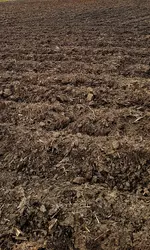TallTx
Greenie
- May 20, 2016
- 10
- 35
- Detector(s) used
- Winbest Sharp
- Primary Interest:
- All Treasure Hunting
Garry,
Believe I looked into the history of Fort Hondo a number of years ago. Probably shared it with you, but don't recall much information being available.
Take care,
Joe
Here are only two references I could find. Both were military stations, not actual Forts
Military Station at Castroville*(Landmark Inn State Historic Site)(1849), CastrovilleA Federal post. Of interest here is the Landmark Inn at 402 East Florence Street, which was built in 1849. (US station)
Hondo Creek Station*(1840), near Biry. A Texas Army outpost located at the Hondo Creek crossing of the old road to the Presidio del Rio Grande (Guerrero, Coahuila State). (Texas)








